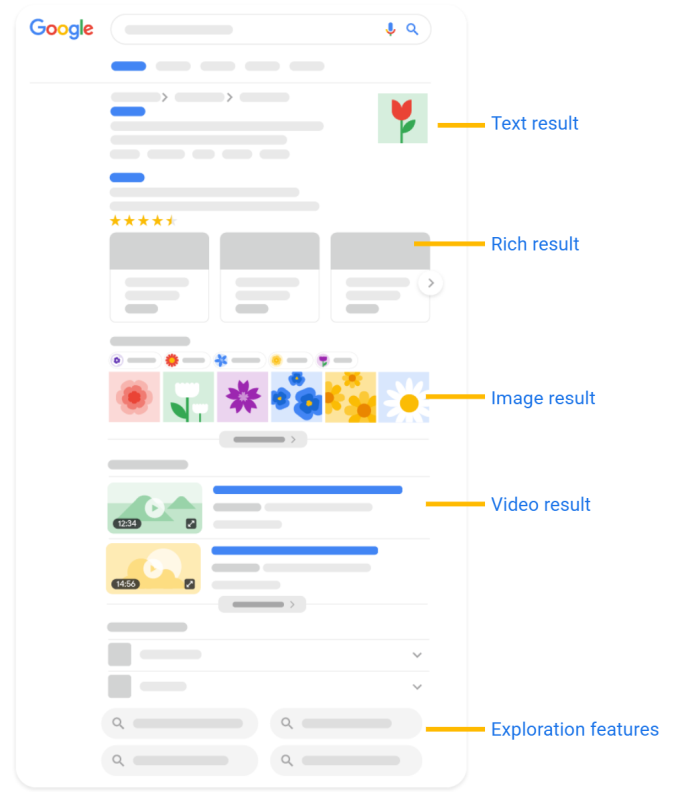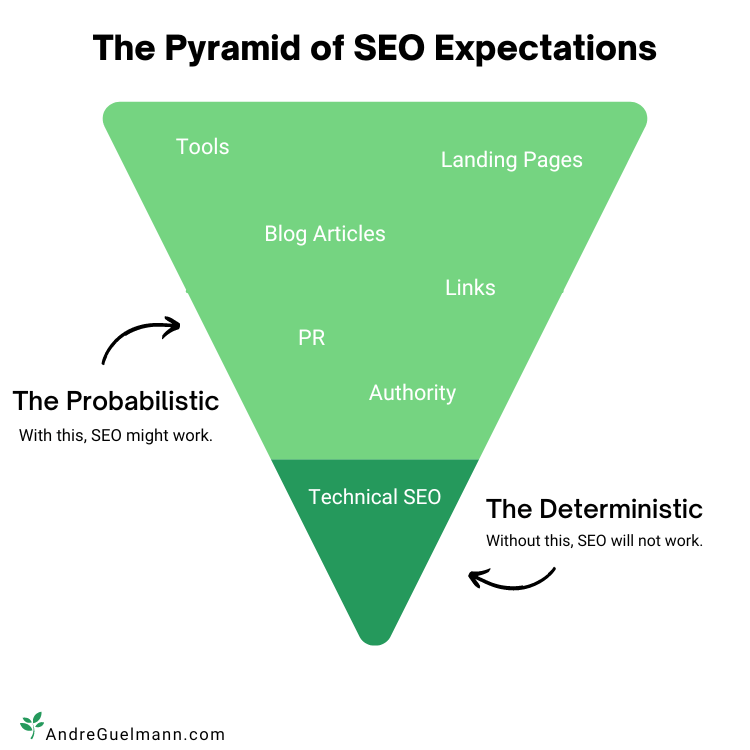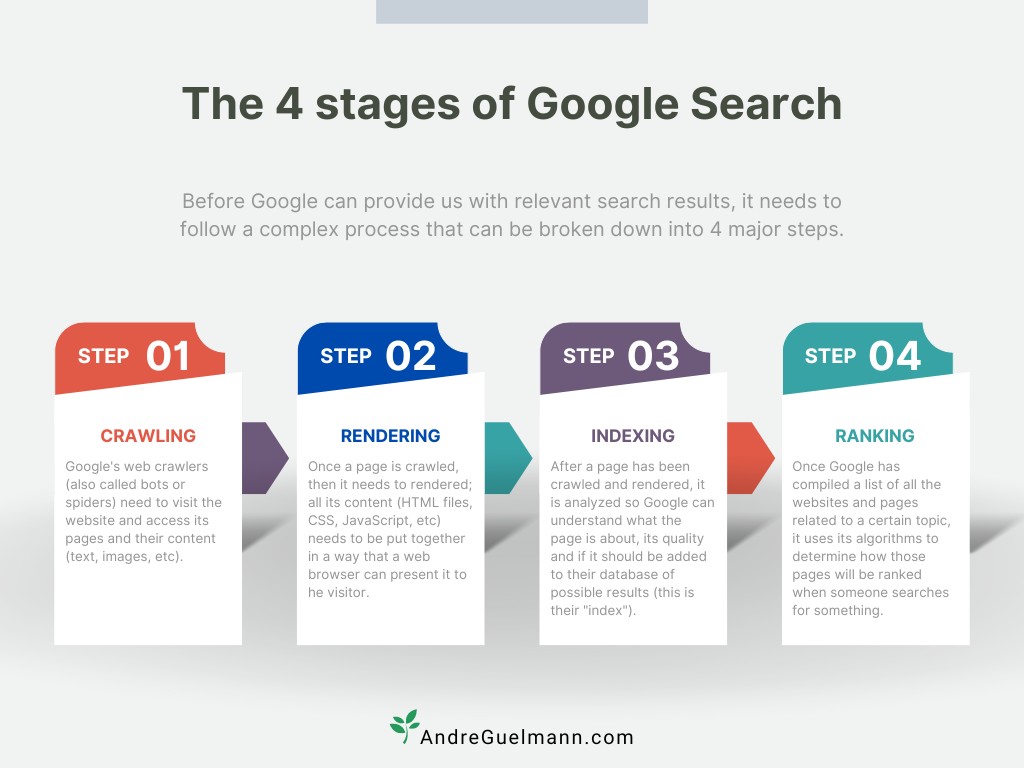See how to safeguard your future organic growth by investing just a few hours now.
Everyone hates marketers.
It’s really true; people trust marketers less than they trust lawyers, so don’t feel bad if you do; even marketers don’t like marketers, which is why we prefer to use the term “growth” instead… but we aren’t fooling anyone 😉
That said, it’s really challenging (near impossible) to see growth without some sort of planned marketing, and regardless of the stage your startup or company is in right now, eventually, you will have to commit a big chunk of that hard-earned (seed/Series A) money to marketing activities.
Not to mention that organic growth is seen as the lifeblood of organizations because it lets them grow and expand without having to get money or investments from outside sources. It is a sustainable way for businesses to grow and can provide a strong foundation for the long-term success of any organization (and make your runway longer).

Assuming you are at this stage now – or are really close to getting there – what should you do now to set yourself up for SEO success?
Table of Contents
- Why focus on SEO even if you aren’t investing in marketing (yet)
- Owning (all) your brand on Google
- First simple steps for SEO success
- SEO Checklist for Startups
Why focus on SEO even if you aren’t investing in marketing (yet)
At this stage, you (probably) don’t need to invest a lot in SEO from day one, but you do need to be mindful of it because you will make some apparently minor or irrelevant decisions early on (maybe even already have) that can have a big impact down the line when it comes to your organic growth opportunities (and we know that “down the line” can happen fast in a startup…hopefully).
At the beginning (and maybe even for a good while), most of the organic traffic to your website will come from branded searches on search engines (i.e., people searching for your brand name on Google), and this will happen for one of three reasons:
- Good PR from buzz around your product
- Paid acquisition (Google/Facebook/LinkedIn/etc ads)
- Product/Customer Support
The odds are that you’ll most likely begin your marketing activities with some sort of paid acquisition (such as running Google or Facebook ads), and that makes sense. It’s a smart and quick way to understand if you already have product-market fit, which, at this stage, is probably the main thing you need to worry about.
What you need to keep in mind is that most people who see your ads won’t click on them, but they can remember them later on, and that’s when they will search for you on Google.
This means that this branded traffic, even though it appears to be organic, is actually being paid for, so you need to make sure you are (re)capturing most of it.
Now you might be thinking: if people are searching for me directly, why do I need to “do SEO”? Wouldn’t Google already know to show them my website?
The answer is yes and no.
You are correct in thinking that Google will likely show people your website (assuming there are no technical issues on it; more on this below), but that’s not the only result they will show; don’t forget that there are not only 10 (or less) organic results but also many “search features” that get a big percentage of the clicks and traffic.

Visual elements of the search results pages (Source: Google)
When it comes to SEO, you are not only competing against you product competitors but also against Google itself.
How do you deal with this? By making sure you own and control as many of the first-page results as possible when someone searches for your brand—and this doesn’t always happen automatically.
Owning (all) your brand on Google
No matter what is the product or service you are offering, I can virtually guarantee that during your sales funnel, your customer/lead will search for you on Google at least once; more likely this will happens many times.
Why is this important? Because even if you are not investing in the traditional aspects of SEO, Google is also your brand’s homepage.
Do this test now: if you already have a brand/product, open an incognito tab (to avoid bias) and search for yourself there.
If you are lucky, your website should (hopefully) comes up as the #1 result but what about the rest of the first page? The likelihood is that it will be a combination of:
- Some of your social channels (Facebook, Twitter, LinkedIn)
- Some news articles (most likely from local publications) about the company, the founders, or a funding round
- Company profiles on other websites (Glassdoor, Crunchbase, GitHub, etc)
Depending on the stage of your company or product, you can even see:
- Reviews/testimonials from sites like G2, Capterra, Trustpilot, etc
- Reviews/testimonials from bloggers/influencers (that can be articles or even videos)
- Comparison articles between you and a competitor
- “Alternatives” websites that suggest similar products
Are you starting to see the picture? Even when people are searching for you, it’s not clear what exactly they want from you.
Google always tries to understand what is the intent behind a search (this is the most important aspect to understand SEO, it’s always about the intent behind the search) and when searching for a brand, they show many different results to try to cover as many of these different intents as possible.
When looking for a brand, what type of search are you doing? What is your intent behind this search?
- Is it a navigational search? Do you want to go to a particular page of the company (website, social channel, etc)?
- Is it an informational search? Do you want to know more about the company? From them or from a review/3rd-party website?
- Is it a commercial search? Do you want to buy the company’s product? Are you looking for information about the cost/pricing?
All of the above are examples of the different intents that have to be assumed by Google when someone searches for your brand name only.
By now (hopefully) it is becoming clear what should be your first steps as a founder when it comes to SEO – you need to make sure you have and control as many of these results as possible for branded searches.
How do you do that? Thankfully, it is very simple and it’s something you can do by investing just a few hours per month.
First simple steps for SEO success
- Have a solid technical baseline
- Be consistent in your messaging
- Create Content for Pain Points
Solid Technical Baseline
Most of what we do in SEO is probabilistic. We work on something specific with the expectation that it will work, based on industry knowledge, working experience and a good measure of forecasting.
In some areas we can be pretty sure of the impact of our actions; for example, we know that Page Titles have a huge impact on how a page ranks, so we can be really confident about its impact, but never completely sure.
At the same time, there is a small and yet important part of SEO that is deterministic – meaning, if you don’t do it correctly, nothing else you do will have any impact.
This is the technical part of SEO.

Before Google can provide us with relevant search results, it needs to follow a complex process that can be broken down into 4 major steps.
- Crawling. Google’s web crawlers (also called bots or spiders) need to visit the website and access its pages and their content (text, images, etc).
- Rendering. Once a page is crawled, then it needs to rendered; all its content (HTML files, CSS, JavaScript, etc) needs to be put together in a way that a web browser can present it to he visitor.
- Indexing. After a page has been crawled and rendered, it is analyzed so Google can understand what the page is about, its quality and if it should be added to their database of possible results (this is their “index”).
- Ranking. Once Google has compiled a list of all the websites and pages related to a certain topic, it uses its algorithms to determine how those pages will be ranked when someone searches for something.

Usually, when we are talking about keywords, and content, and optimization for SEO, we are dealing with steps 3 & 4 (indexing & ranking); these are the probabilistic aspects we mentioned previously.
But as we can see above, if steps 1 & 2 (crawling & rendering) don’t happen properly, it doesn’t really matter how much content you have and how good it is, Google won’t be able to even see them, much less show them in their results.
This means that your first task is to set up the “SEO MVP” for your website, to guarantee that Google can find, crawl and render your website.
The good thing is that this can be easily accomplished, as long as you know what to do and where. Most CMS or website builders get the basics right but they do have some issues right out of the box, so it’s important to fix these ASAP.
These are small steps that will avoid technical debt in the future and will guarantee that Google can find and rank your content once it’s time for you to start investing.
Consistent Messaging
Ask any brand expert and they tell you that consistency is key to building a strong brand.
For SEO, being consistent it’s even more important because you are dealing with machine-learning algorithms that learn by looking at patterns of information in order to understand how reliable and trustworthy a brand is before they are willing to promote it to their own users (in their search results).
How does this apply to SEO?
Regardless of where you are sharing information (more on this below) you need to make sure you are being consistent with:
- Your company slogan
- Your product description
- How you describe your features and functionalities (your USPs)
- Your logo/visual identity
- And even your office address 😉
If you think about it, this all makes sense from a user experience perspective, too:
- Being consistent makes it easier for customers to recognize and remember your brand, which can be helpful for building trust and loyalty.
- Consistent branding and messaging help to create a stronger and more cohesive impression of your brand in the minds of your audience
- This consistency helps to create a professional and trustworthy image for your brand, which can be particularly important when it comes to building credibility and attracting customers.
Of course, while you are still looking for product-market fit, all of this can and will change and that’s okay – the main point here is that when it’s time to try something new, be consistent and make the change everywhere you have a presence.
This is one of the main issues afflicting early-stage startups when it comes to brand messaging: a lack of consistency, because there are constant changes and things fall through the cracks.
Create Content for Pain Points
Even if you don’t need a full-fledged content marketing strategy at this point, the truth is that you may already be creating content that can help your organic growth without even realizing it… and this content is most likely related to customer support for your product.
There are a few reasons to create support content around your product:
- Improve customer satisfaction: Providing detailed, easy-to-understand support documentation makes customers feel more at ease and less likely to churn.
- Reduce support costs: Offering customers self-service support options like FAQs and detailed documentation can reduce support requests. This allows your team to focus on more complex issues that require human intervention.
- Marketing and sales: Customers are more likely to buy from you if they see clear, detailed documentation, so they feel confident they will get help if needed.
Okay…but why would this product documentation be also a lever for organic growth? For the same reason you decided to create your product in the first place…to deal with a specific pain point of your customer.
If your product is targeting a specific pain point or job-to-be-done of your audience, the content you have on how to use your product, by definition, is also solution to the same pain point.
You can easily use the research you did when making your personas for your GTM strategy as a sort of keyword research on your customers’ pain points. This will give you a lot of content ideas for how to use your solution to solve their problems.
Customer support content can definitely be leveraged for marketing and growth in several ways:
- Support articles/documentation can be optimized for SEO and drive organic traffic. Useful, informative support content ranks well and brings in visitors.
- Popular support content can be repurposed into blog posts, social media updates, and other marketing content. For example, turning a common support FAQ into a blog post tutorial.
- Data from support interactions can uncover pain points and opportunities to create new content and products to address customer needs.
- Positive customer service experiences can be used in testimonials, case studies, and reviews to build trust and social proof. Quotes and stories from happy customers are powerful.
- Support metrics like customer satisfaction, resolution times, etc. can be included in marketing materials to highlight great service as a competitive advantage.
- The knowledge base can serve as a content hub that retains visitors. Install chatbots, related articles, and internal links to encourage browsing.
- Personalized support content like self-help instructions can nurture customers and improve retention when they need help.
The key is to repurpose and optimize support content, tap into pain points and customer insights, and leverage great service experiences across channels. This can makes customer support a valuable marketing/growth asset.
* coincidentally, this Jobs-to-be-done mindset is also the most effective (and modern) approach to create content for SEO as part of long-term strategy; this means that leveraging this now already puts in the right path (win-win).
SEO Checklist for Startups
If all of the above sounds right but complex, no worries; I created a checklist below that will allow you to quickly and easily make sure you are doing the most important things first.
| Issue Type | Check | Instructions |
| Crawling, Rendering & Indexing | How many pages are indexed by Google? | Search for [site:yoursite.com] in Google and see if the number of results approximate (some discrepancy is okay) |
| Crawling, Rendering & Indexing | When you do a site: search, does the homepage come up first? | |
| Crawling, Rendering & Indexing | Does the site have an XML sitemap? | 2 ways to check: 1. Check the robots.txt file (located at http://domain.com/robots.txt) 2. Visit yoursite.com/sitemap.xml |
| Crawling, Rendering & Indexing | Are you excluding pages that shouldn’t be in your robots.txt? Are there mistakes in the robots.txt file? | Use this tool to check. |
| On-Page & Meta Data | Do all important pages have a unique and descriptive Title & Description? | Use this tool to check. |
| On-Page & Meta Data | Do all important pages have unique and descriptive Header and content? | |
| Website Architecture & URL Structure | Is the site organization intuitive? Does the internal pages follow a logical hierarchy? For example, you want your blog articles to be under the blog “folder” (yoursite.com/blog/article-name). Some CMS, like WordPress, don’t do this automatically, but this is simple to fix and extremely important for the future. | Use this tool to check. |
| Website Architecture & URL Structure | Do you have the pages that demonstrate “trust signals”? Are they up-to-date? | Page you must have: About Us/Company Contact/Get in Touch Pricing (if relevant) Privacy Policy Terms & Conditions |
| Website Architecture & URL Structure | Can every page be accessible via only one version of the URL? | Every page has 6 possible URLs: HTTPS or HTTP protocol WWW & non-WWW URL With and without a trailing / But only one should be used, consistently for all pages (for example, https://yoursite.com/blog/) |
| Tracking & Analytics | Does the website have any tracking tools installed? (like Google Analytics) | |
| Tracking & Analytics | Does the website have properties created in Google Search Console and Bing Webmaster Tools? If you are a local service provider, do you already have a Google Business profile? | Create properties for the website domain in Google and Bing. These (free) tools allow you to both check for errors and to start collecting important data about your website and your audience (start collecting this data ASAP, it’ll be invaluable down the road and some of it you can only see if you do this early). The Google Business profile will allow you to control what appears for your business on Google Maps. |
| Off-site | Do you have profiles/account on all major social platforms? You don’t need to post on them, but you want to own and control your brand name regardless. | Depending on your industry, location and audience, some will be more important than others, but there are few that most brands need: X (Twitter) Crunchbase Glassdoor TikTok GitHub etc |
| Off-site | Do you all your most important domains of your brand? | You want to own the .COM .NET .ORG version of your brand ASAP, to avoid impersonation. |
| Off-site | Are you publishing content somewhere else? (Medium, LinkedIn, etc) | If publishing content for PR/brand awareness, first publish it on your website, it will help build its authority. |
Pingback: Reimagining ROAS: The Strategic Role of SEO in Paid Advertising Campaigns - Andre Guelmann